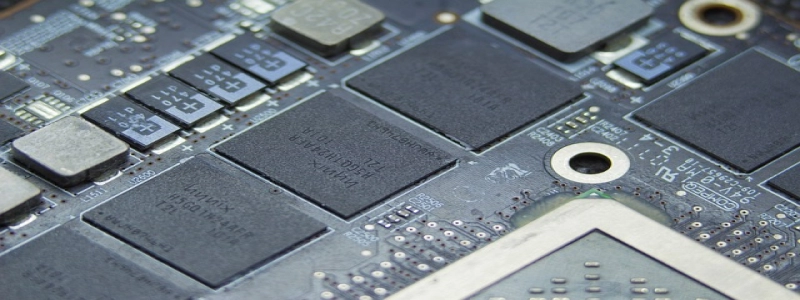900 MHz Wavelength
Introduction
The 900 MHz wavelength is a crucial aspect of wireless communication technology. This article aims to provide a detailed explanation of the 900 MHz wavelength, its significance, and its various applications.
I. Understanding the 900 MHz Wavelength
The 900 MHz wavelength refers to the frequency range between 890 MHz and 960 MHz. Wavelength is the distance between two consecutive peaks or troughs in a wave. In simple terms, it measures how long it takes for a wave to complete one full cycle. The 900 MHz wavelength has a wavelength value of approximately 33 centimeters.
II. Significance of the 900 MHz Wavelength
1. Penetration and Coverage
One of the significant advantages of the 900 MHz wavelength is its excellent penetration and coverage capabilities. Due to its longer wavelength, it can easily traverse obstacles such as buildings, trees, and walls. This enables wireless signals in the 900 MHz range to travel longer distances and provide coverage over a wider area.
2. Interference Resistance
The longer wavelength of 900 MHz signals also allows them to resist interference caused by various obstacles. Unlike higher frequency signals, the 900 MHz wavelength experiences minimal attenuation when passing through common objects. This makes it an ideal choice for applications in urban environments with numerous obstacles.
III. Applications of the 900 MHz Wavelength
1. Cellular Communication
The 900 MHz wavelength plays a crucial role in cellular communication networks. It is commonly used for GSM (Global System for Mobile Communications) networks, which are one of the most widely used mobile technologies worldwide. The 900 MHz frequency range allows for reliable long-distance communication and enables network providers to offer coverage in both urban and rural areas.
2. Wireless Sensors and Internet of Things (IoT)
The 900 MHz wavelength is also utilized in wireless sensor networks and IoT applications. These networks rely on low-power, long-range communication, and the 900 MHz frequency range provides the necessary characteristics for efficient data transmission. It enables the deployment of sensors and devices in remote areas, ensuring seamless connectivity to monitor and gather data.
3. Amateur Radio
Amateur radio operators frequently use the 900 MHz wavelength for various purposes. It offers the opportunity for long-distance communication using low power, making it suitable for hobbyists and emergency communication during times of disaster. In addition, the 900 MHz frequency range provides a less crowded spectrum, allowing for improved signal quality and reduced interference.
Conclusion
In conclusion, the 900 MHz wavelength is a significant aspect of wireless communication technology. Its ability to penetrate obstacles, resist interference, and provide long-distance coverage makes it valuable for various applications. Whether in cellular communication, IoT, or amateur radio, the 900 MHz wavelength continues to contribute to the advancement of wireless connectivity and communication networks.







